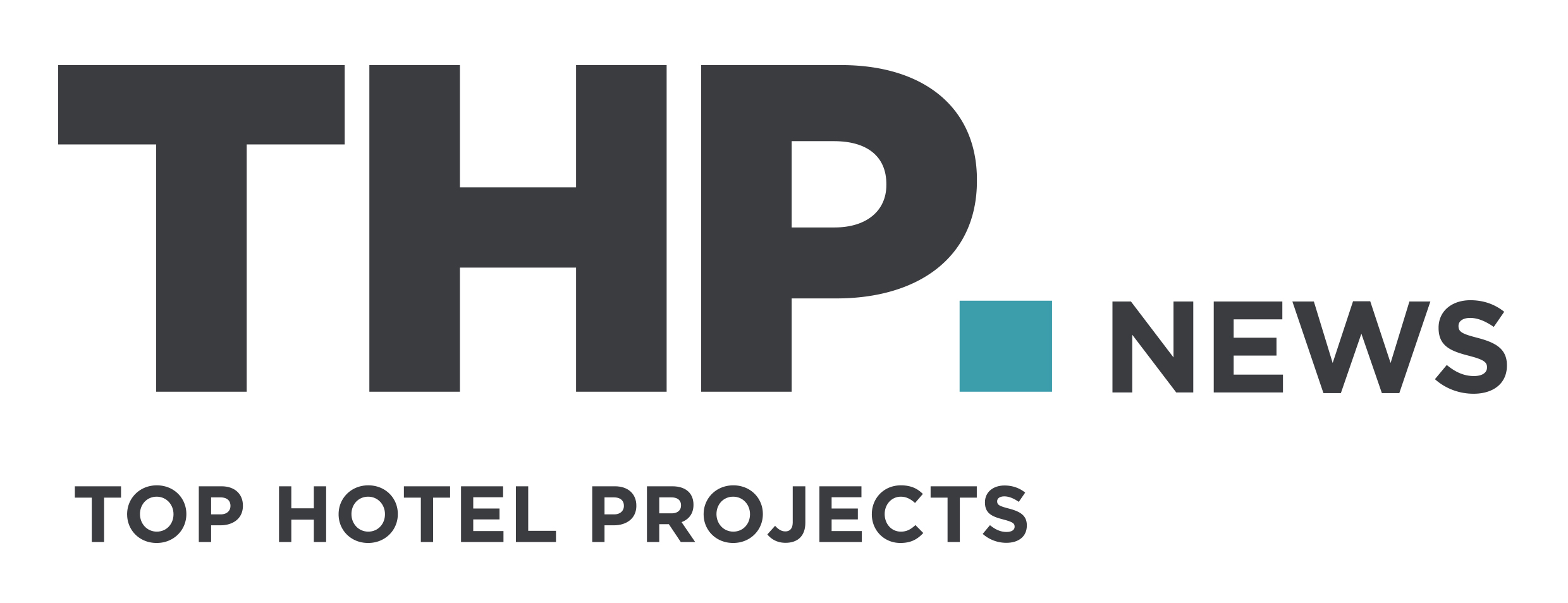Upsell emails crammed full of special offers may be significantly less effective than those that take a more targeted approach, argues Roomdex CEO and founder Jos Schaap.
Shouldn’t lots of choices be good for customers? If you ask most people whether they like having a choice, the answer will be yes. How can options possibly be a bad thing?
Anyone who has worked in hotel marketing has, at one time or another, been asked to fit numerous offers into one email. Pre-arrival emails, in particular, are crammed to the hilt with hotel information and upsell choices. We call it the shotgun approach.
Having a lot of choices is great – until it’s not
Many people argue that more choices equal more conversions. Rationally speaking, the more choices you offer your customers, the more sales you should make. That’s why most companies offer a wide variety of products, whether it’s different jeans, toothpaste, food, etc.
By doing so, logically we think, our customer can find exactly what he or she likes. But giving customers too many choices can overwhelm them. This is called Choice Paralysis.
Over the past two decades, a wave of research has been completed by numerous scholars into the psychological effects of ‘choice overload’. They found evidence that while people want choice, choosing from an ever-expanding array of options can be daunting. Too much choice can hurt our ability to make decisions – so much so that consumers shy away from the process altogether.
One such study that supports this theory is the jam study. In 2000, psychologists Sheena Iyengar and Mark Lepper from Columbia and Stanford University published a body of work that found that consumers were ten times more likely to purchase jam on display when the number of jams available was reduced from 24 options or more to six.
Barry Schwartz, another well-known psychologist, went on to describe this phenomenon in his famous book as “the paradox of choice”: while we consider variety to be a good thing, at the same time, it makes our decisions far more challenging.
Online conversion: Too much choice leads to no choice
Since then, there has been a tonne of research on the topic, and studies in other areas like food and clothing have all shown similar results.
Not surprisingly, our ability to choose offline also translates online. A recent consumer report discovered that more than half (54%) of consumers have stopped purchasing products from a brand or retailer website because choosing was too difficult, with 42% admitting to abandoning a planned purchase altogether because there was too much choice.
When consumers are presented with multiple offers online, they have to decide which product they want to focus on. Then, they have to decide whether or not they want to act on that offer. This divides attention between choices and requires more decisions.
The delay in decision-making can prove damaging on an ecommerce site because it tends to result in users giving up. They are paralysed by the choices, significantly reducing the potential number of people who eventually make a purchase.
The same can be said for e-marketing. More calls-to-action (CTAs) won’t increase your chances of getting a conversion. In fact, according to the jam study, the more you ask of someone, the less likely they’ll do anything.
Upsell emails: Are you going to be personal or not?
That’s not to say choice is bad. If you are in the grocery store and you see a shelf of different kinds of tomato sauce, you will probably find one that meets your taste. Long ago, companies learned that there is rarely one absolute best option – everyone has their view of what is best.
That’s why we see many different options for appetisers and entrées at a restaurant. However, when you ask the waiter for a recommendation, you don’t want to hear ten options. You want to hear something personal and targeted.
The email you send the customer is also a recommendation. It is personal.
If they have already booked a room with you, you have a relationship established. They are not shopping at the store anymore. You are the waiter at the table and you’re delivering a recommendation. Keep the email short and geared towards the upsell, as outlined in this post on ROOMDEX’s website.
We all know the power of personalisation. But let’s not forget the power of simply being personal. Delivering one or two offers will feel more personal. And it works.
Wordstream found that emails with a single call-to-action increased clicks 371% and sales 1,617%. In addition, personalised CTAs convert 202% better than default versions.
Sales are always contextual
The moral of the story is that while choice is often good, you still want to manage the buying process. If you don’t have a relationship with a customer, sometimes a breadth of options – as long as it is reasonable – is like a big net. You don’t know who the customers are, so you are hoping they find something they like.
But once you have a relationship, leverage the power of that connection. Now is the time to be personal. Don’t overwhelm them with choices.
Upsell emails are a huge opportunity for hoteliers to engage with their guests and, at the same time, help maximise ADR [average daily rate]. But, in order to be successful, upsell emails need to be simple, personal and relevant.
This is an edited version of an article that appeared on Hotel Online.
Jos is the CEO and founder of Roomdex, a company that monetises and simplifies the hotel rooms upgrade process. He also happens to have lots of experience with highly engineered systems, understanding critical business drivers in multiple markets.
Related Articles
[brbl_post_list include_categories=”40,4,5,7,3,2″ order=”DESC” posts_number=”5″ show_excerpt=”off” show_date=”on” date_format=”d M Y” item_padding=”0px|0px|0px|0px|false|false” image_spacing=”15px” _builder_version=”4.7.1″ _module_preset=”default” title_font=”Lato|700|||||||” title_text_color=”#58585a” title_font_size=”16px” title_line_height=”1.2em” meta_font=”Lato||||||||” meta_text_color=”#969696″ meta_font_size=”12px” background_color=”#ffffff” custom_margin=”||50px||false|false” custom_padding=”20px|20px|0px|1px|false|false” border_radii_image=”on|758px|758px|758px|758px” border_color_all_image=”#333333″ border_color_all_post=”#333333″ border_color_all_main=”#333333″ border_radii_image__hover_enabled=”on|hover” border_radii_image__hover=”on|0px|0px|0px|0px” title_text_color__hover_enabled=”on|hover” title_text_color__hover=”#b93131″][/brbl_post_list]Error, group does not exist! Check your syntax! (ID: 3)


